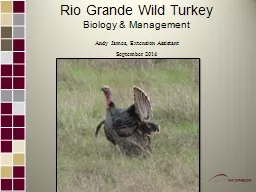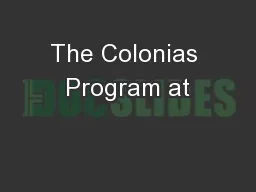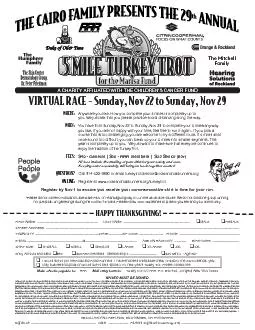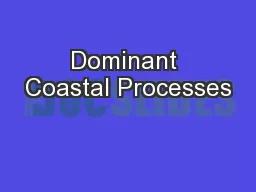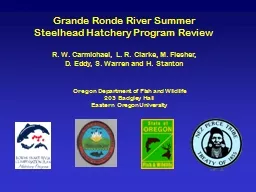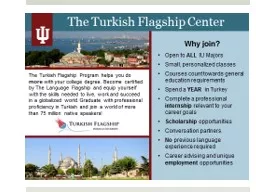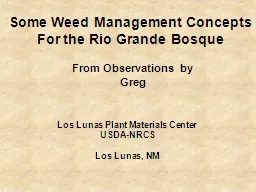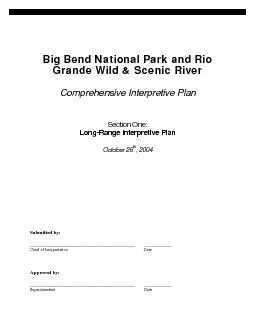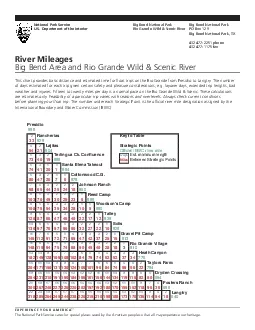PPT-Rio Grande Wild Turkey
Author : pasty-toler | Published Date : 2016-04-28
Biology amp Management Andy James Extension Assistant September 2014 Overview Introduction Life History Biology Management Introduction History In the late 1800s
Presentation Embed Code
Download Presentation
Download Presentation The PPT/PDF document "Rio Grande Wild Turkey" is the property of its rightful owner. Permission is granted to download and print the materials on this website for personal, non-commercial use only, and to display it on your personal computer provided you do not modify the materials and that you retain all copyright notices contained in the materials. By downloading content from our website, you accept the terms of this agreement.
Rio Grande Wild Turkey: Transcript
Download Rules Of Document
"Rio Grande Wild Turkey"The content belongs to its owner. You may download and print it for personal use, without modification, and keep all copyright notices. By downloading, you agree to these terms.
Related Documents

